UNESCO's recognition of intangible cultural heritage with festivals ensures the preservation and transmission of this cultural value to future generations.
 |
| The inclusion of the Thingyan festival in UNESCO's Representative List brings many benefits, such as increasing global recognition of the festival. In this photo: Myanmar people celebrate the Thingyan water festival in Yangon. (Source: Xinhua) |
Recently, the United Nations Educational , Scientific and Cultural Organization (UNESCO) has inscribed Myanmar's traditional Ata Thingyan festival and Nigeria's Eid festival on the Representative List of the Intangible Cultural Heritage of Humanity.
UNESCO's decision was made during the 19th session of the Intergovernmental Committee for the Safeguarding of the Intangible Cultural Heritage, which took place in Paraguay from December 2 to 7.
Thingyan Festival is known as the oldest water festival in the world and is also one of the biggest traditional festivals of the people of Myanmar. Participants go on boats and splash water on each other. Like Laos, Cambodia or Thailand, Myanmar people believe that water will help wash away the bad luck of the old year and bring good luck in the new year.
Inclusion of the Thingyan festival in the UNESCO Representative List brings many benefits, such as enhancing global recognition of the festival, ensuring the preservation and transmission of this cultural heritage to future generations, and promoting public appreciation for the traditional celebration of the Thingyan festival.
Also during this period, the Eid Festival in Northern Nigeria was also recognized by UNESCO as an Intangible Cultural Heritage. This is a colorful parade of Nigerian knights on horseback celebrating Islam's two holiest holidays. Dating back to the 15th century, the parades see a charismatic religious leader and 10,000 horsemen accompanied by musicians parade through the streets of Kano, the largest city in northern Nigeria, which is predominantly Muslim. The festival takes place twice a year on the holidays of Eid al-Fitr and Eid al-Adha.
Previously, three unique cultural features including the Japanese sake brewing method, the attieke dish made from cassava (cassava) of Côte d'Ivoire and the skills of zinc roofers in Paris (France) were also recognized by UNESCO as Intangible Cultural Heritage of Humanity.
Source: https://baoquocte.vn/le-hoi-thingyan-o-myanmar-va-le-hoi-eid-o-nigeria-la-di-san-van-hoa-phi-vat-the-cua-unesco-296694.html





![[Photo] Impressive display booths of provinces and cities at the Exhibition 80 years of the Journey of Independence - Freedom - Happiness](https://vphoto.vietnam.vn/thumb/1200x675/vietnam/resource/IMAGE/2025/9/7/cd63e24d8ef7414dbf2194ab1af337ed)


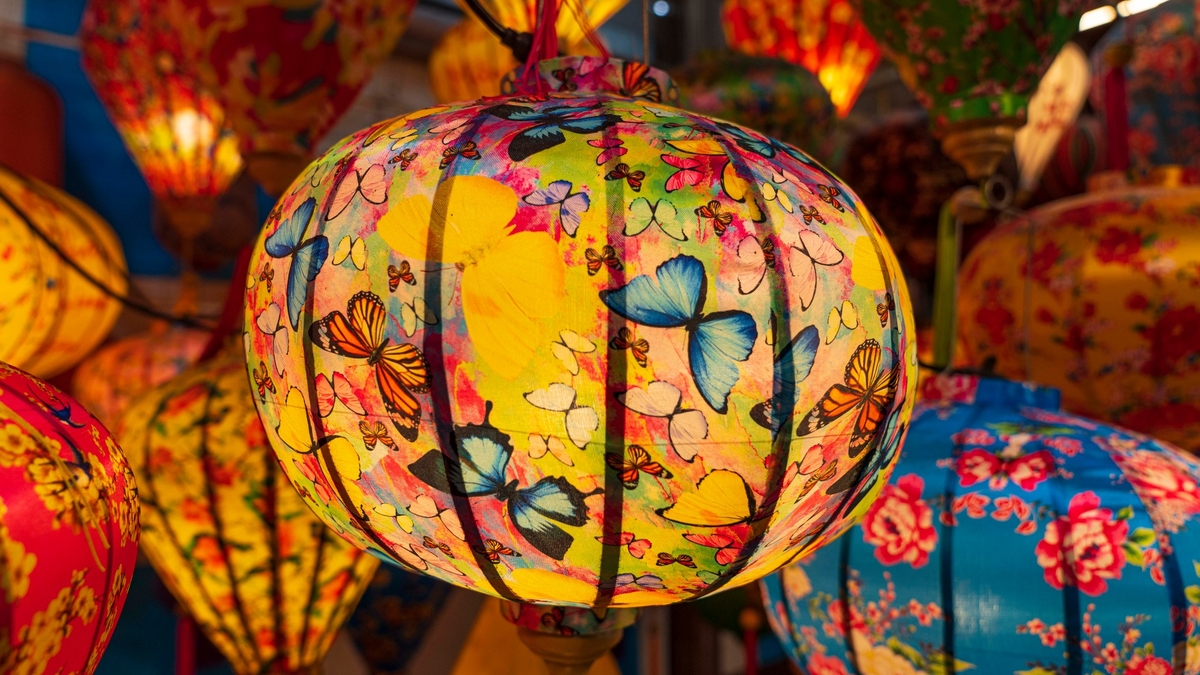




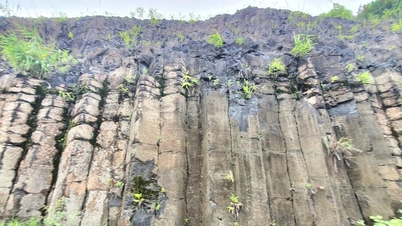


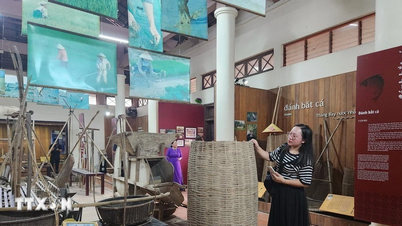

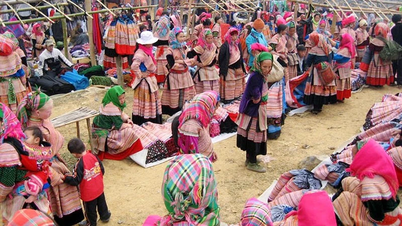

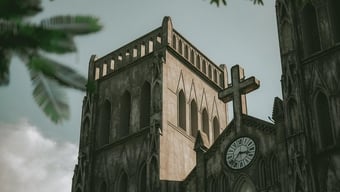


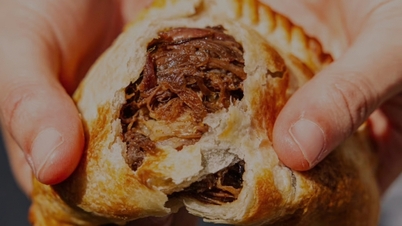

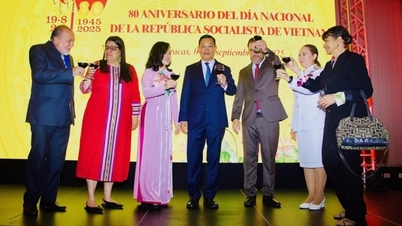

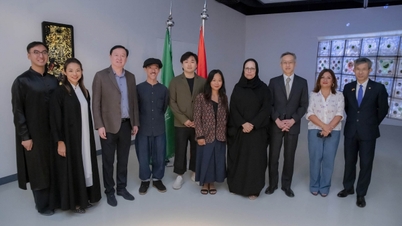

![[Photo] Prime Minister Pham Minh Chinh attends the 80th anniversary of the founding of Voice of Vietnam Radio Station](https://vphoto.vietnam.vn/thumb/1200x675/vietnam/resource/IMAGE/2025/9/7/abdcaa3d5d7f471abbe3ab22e5a35ec9)
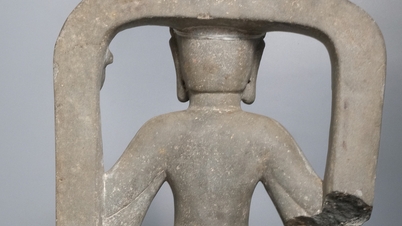

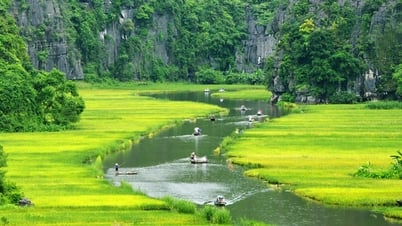
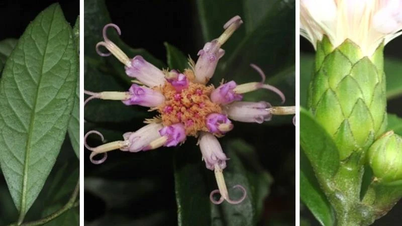


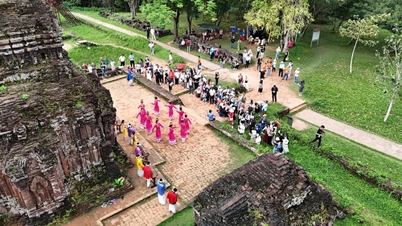



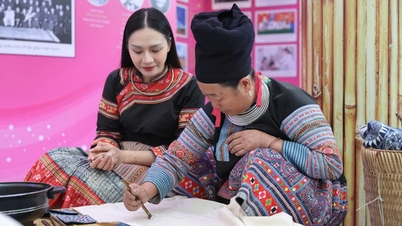
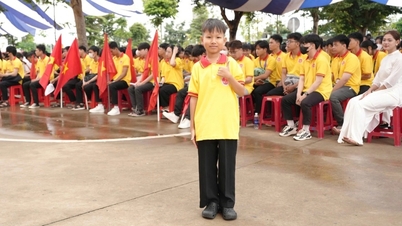






![[Highlight] VIMC's mark at the National Achievement Exhibition](https://vphoto.vietnam.vn/thumb/402x226/vietnam/resource/IMAGE/2025/9/7/932133a54d8b4becad48ef4f082f3eea)


















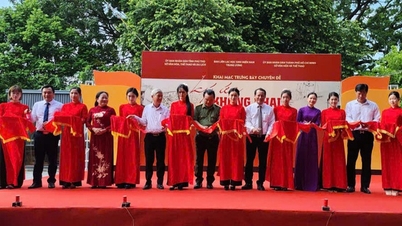


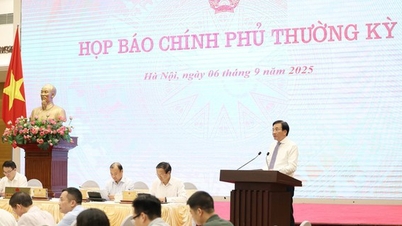


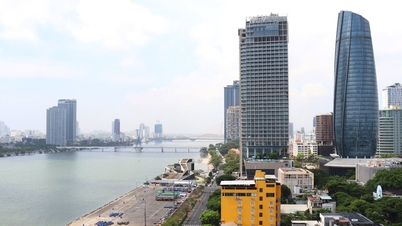

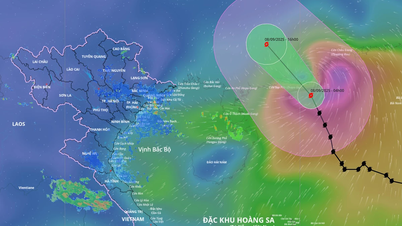






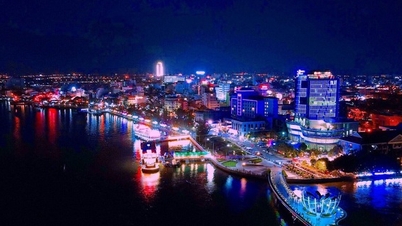
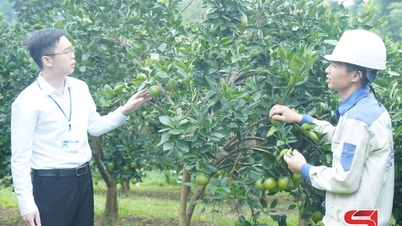



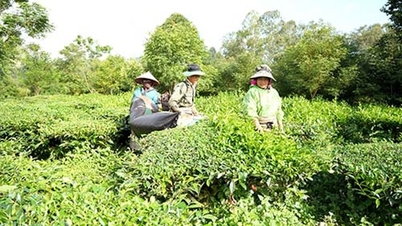

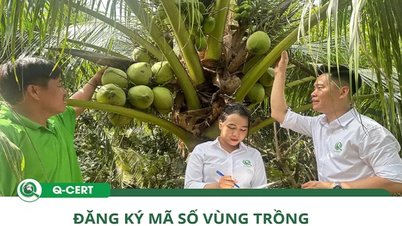


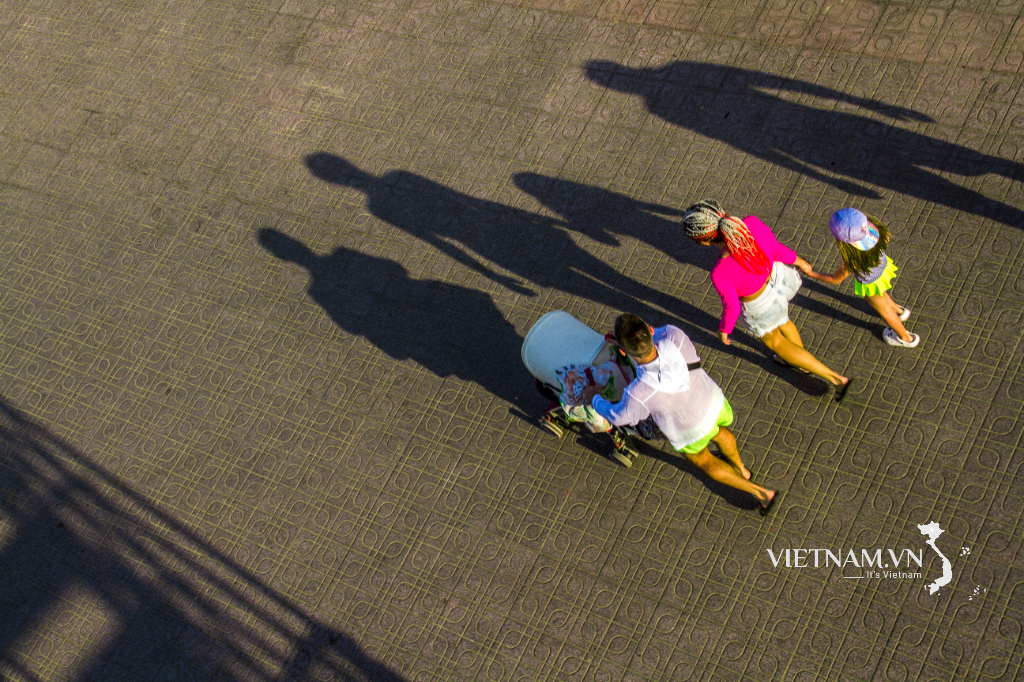

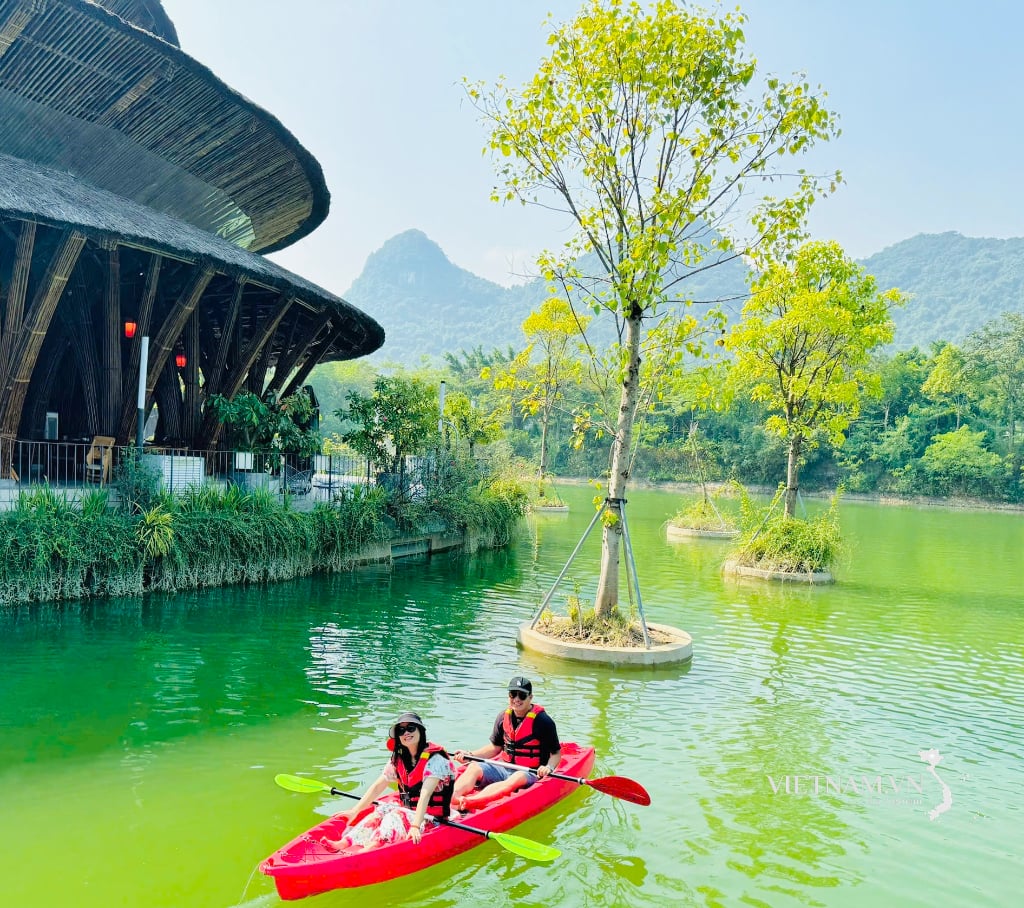

Comment (0)